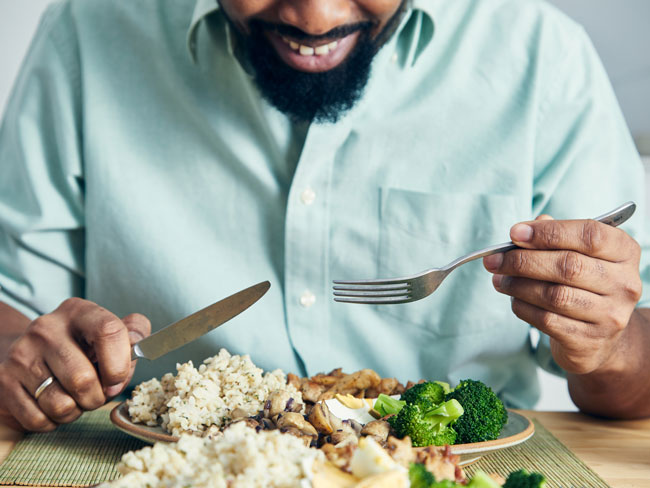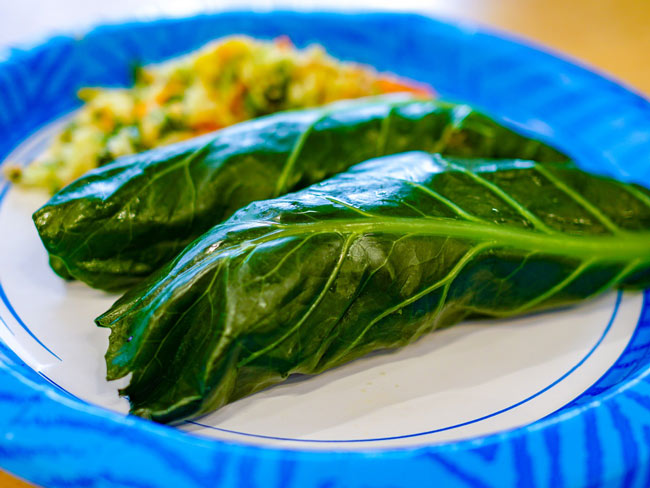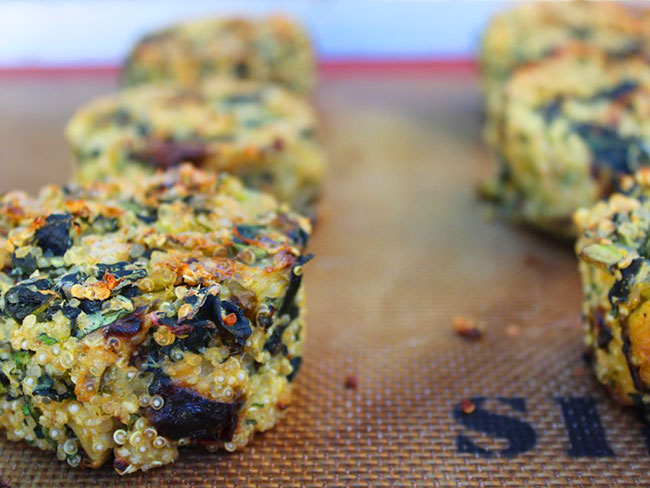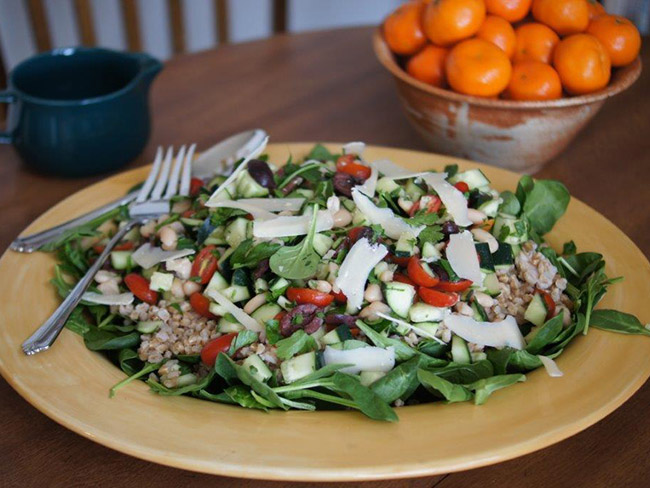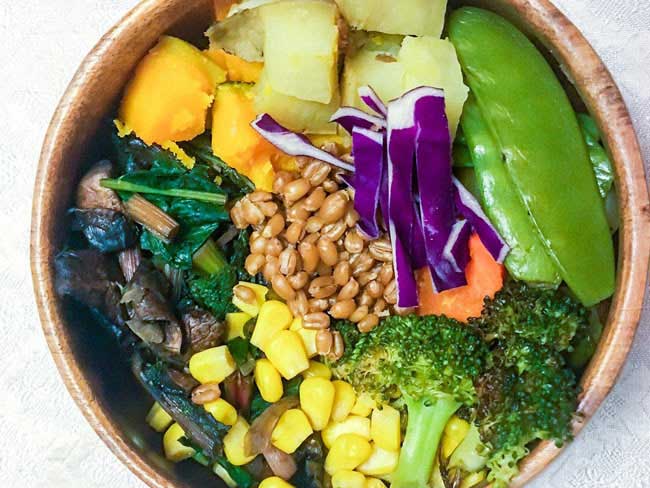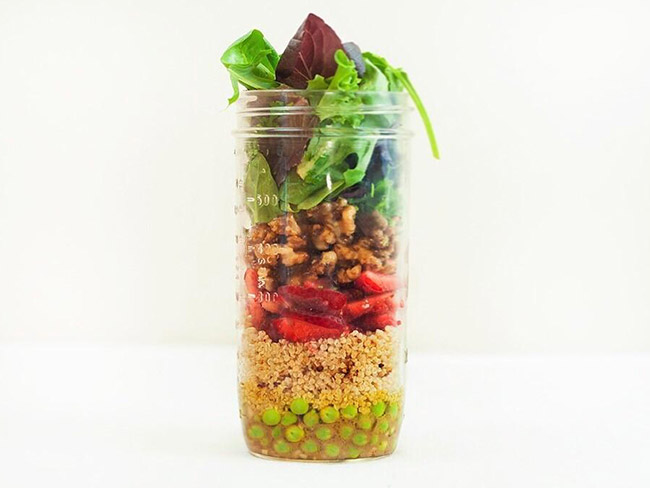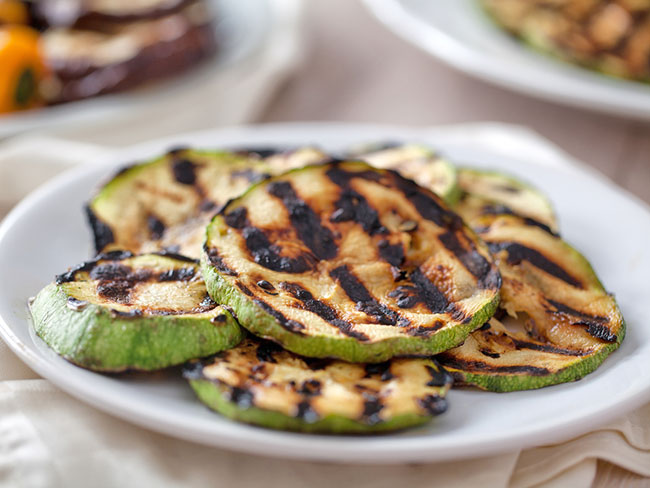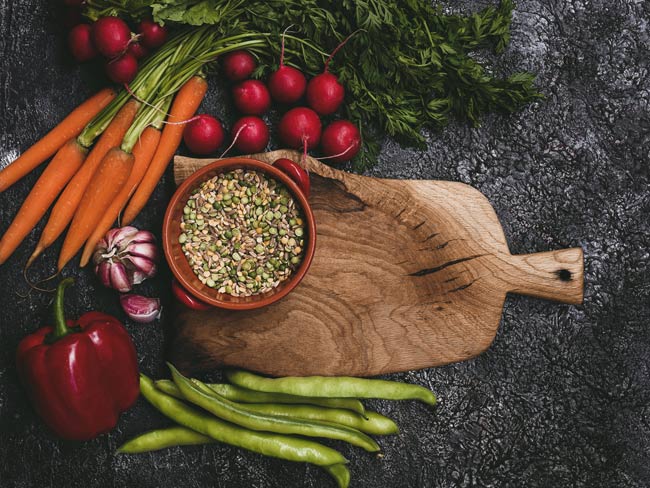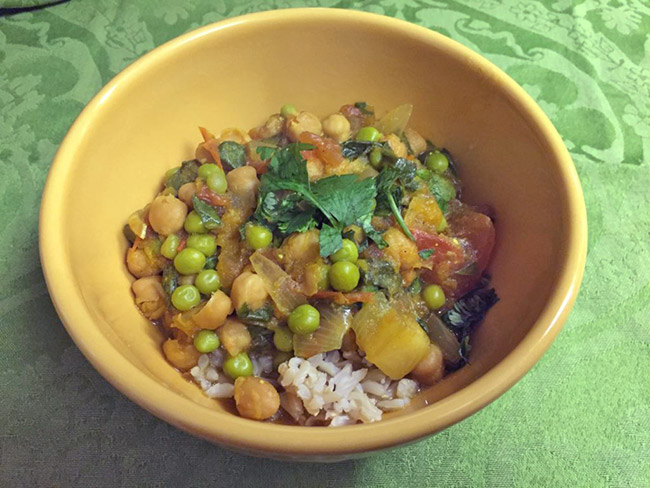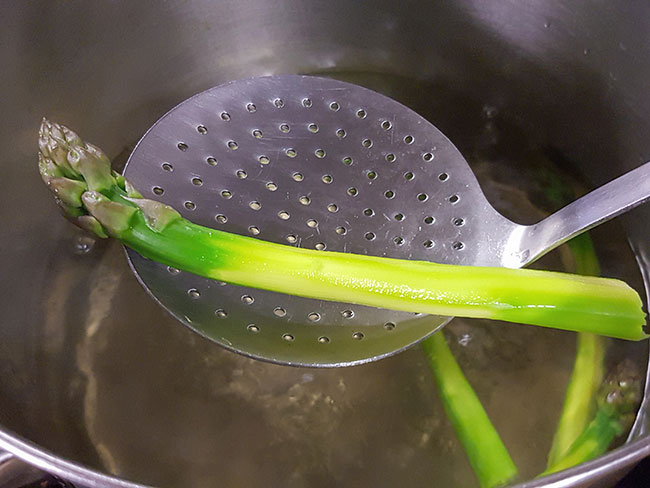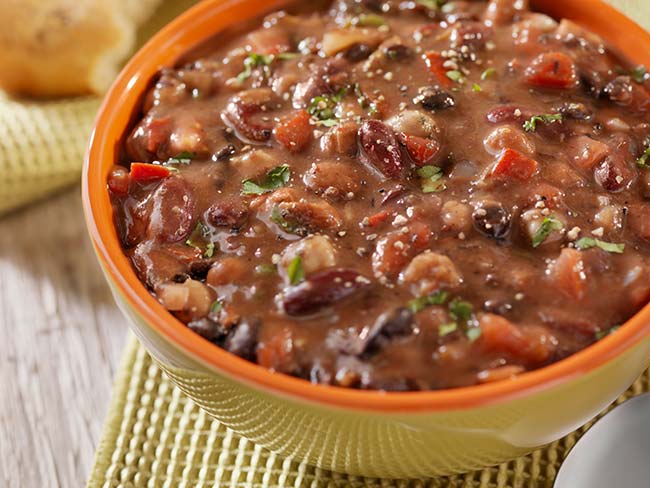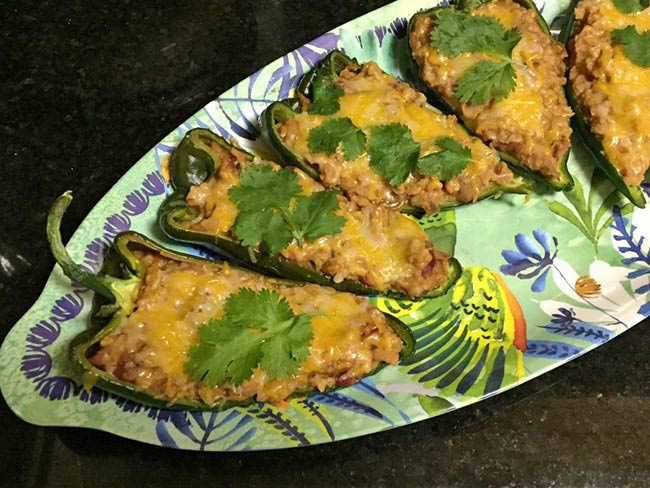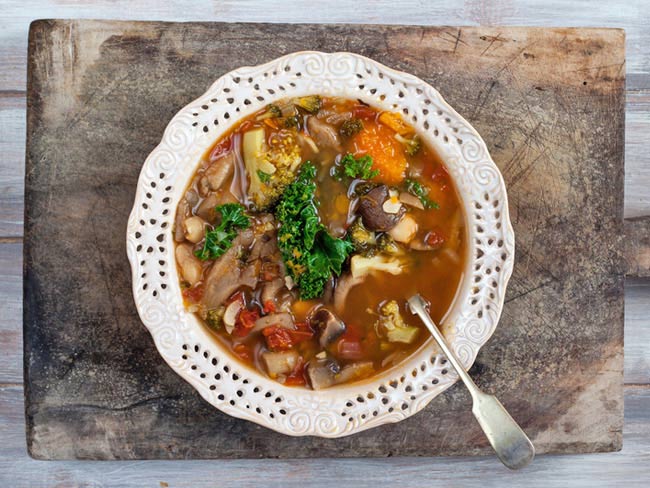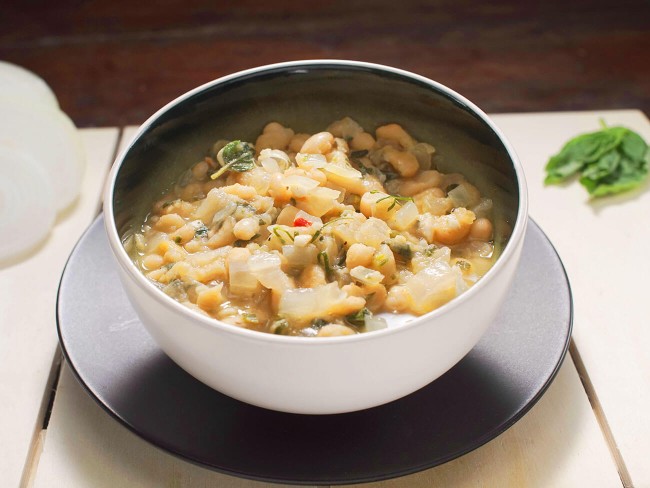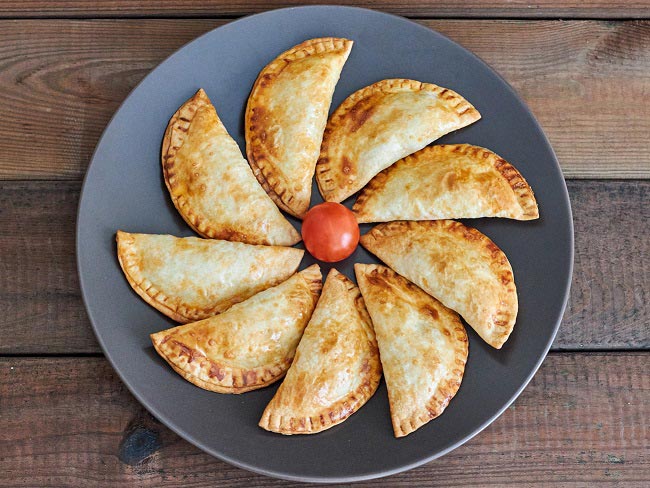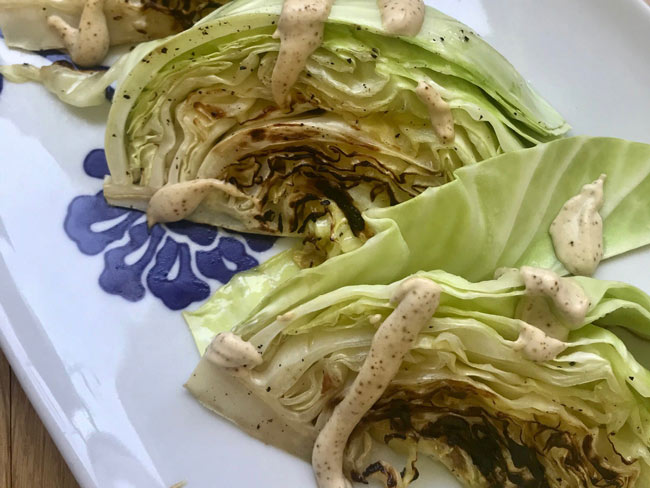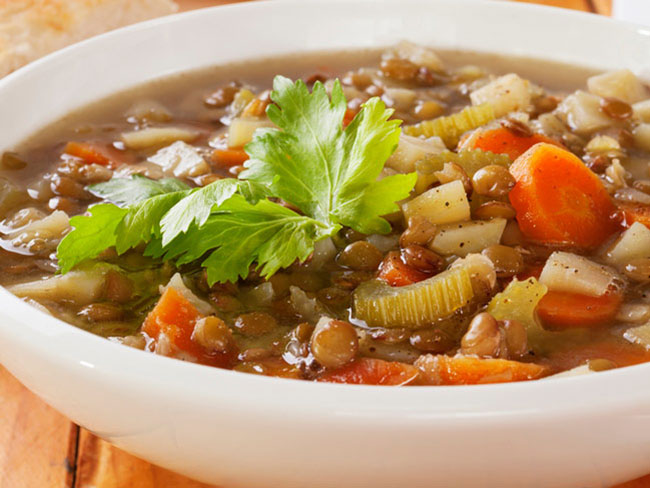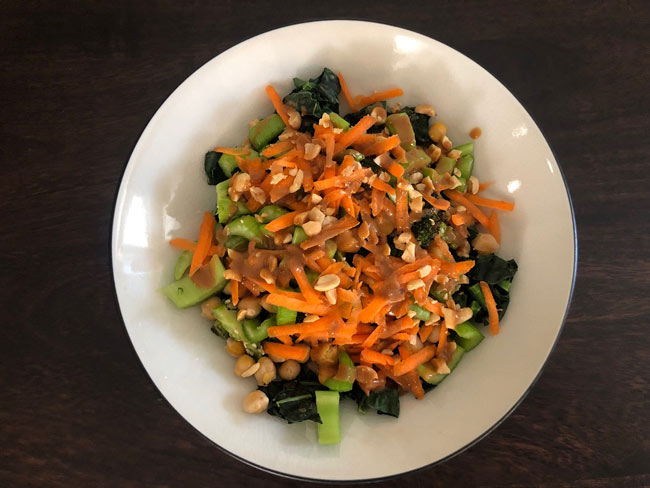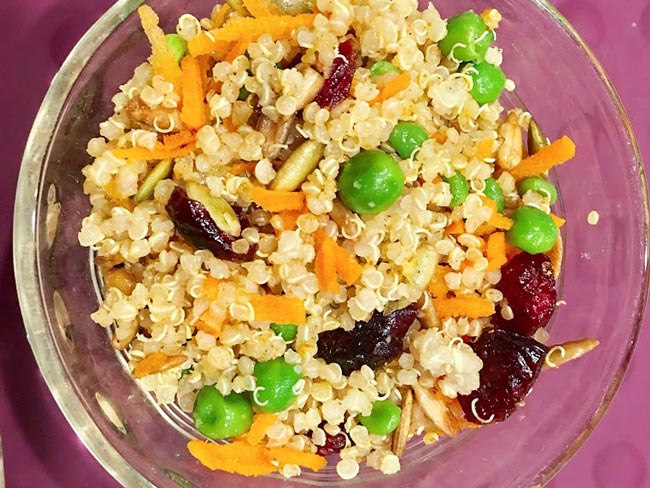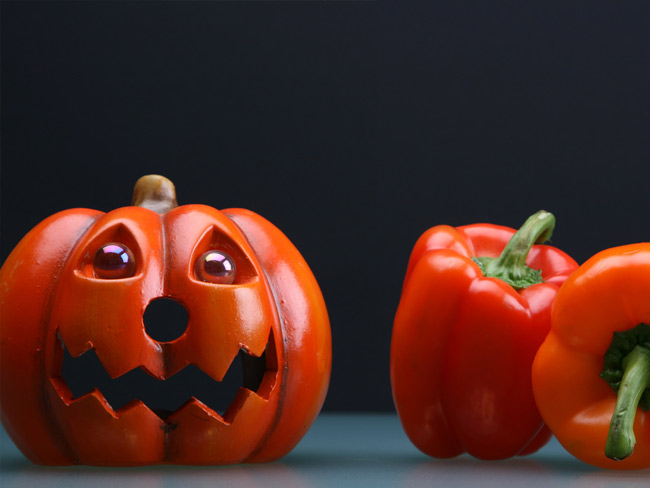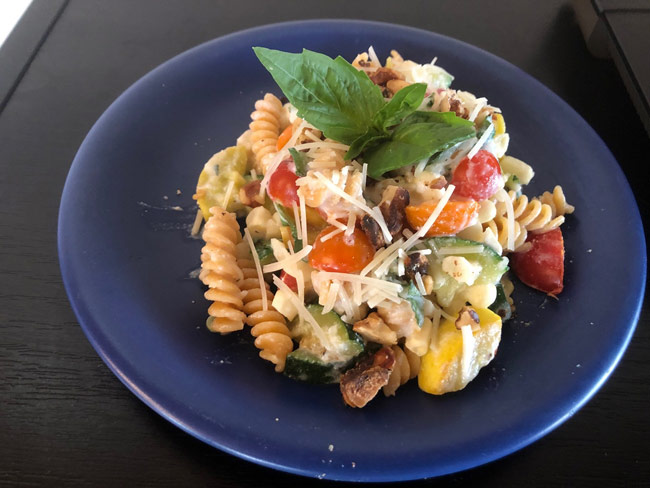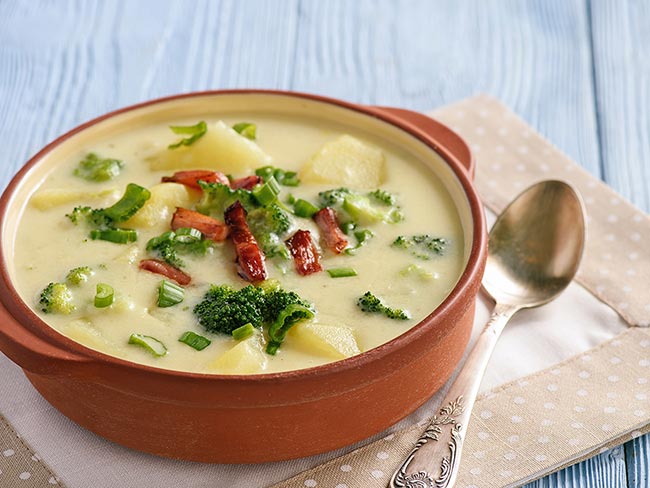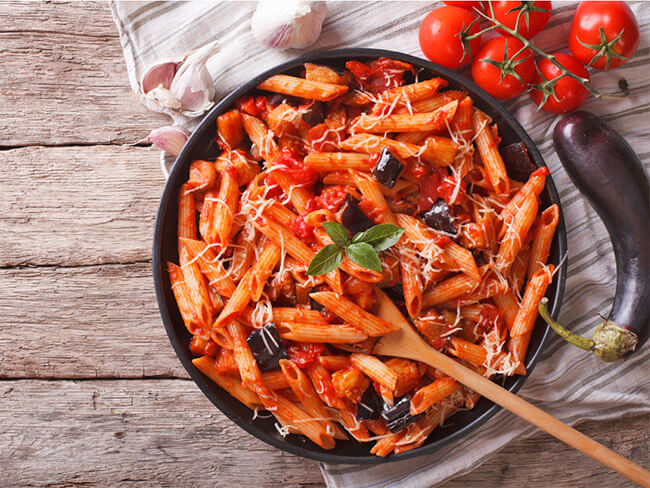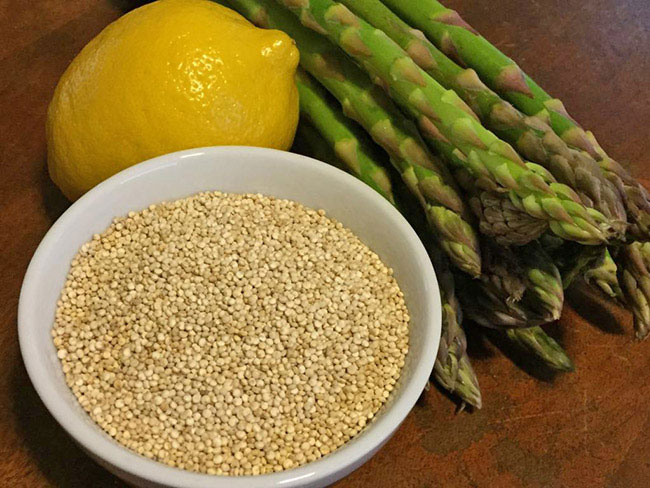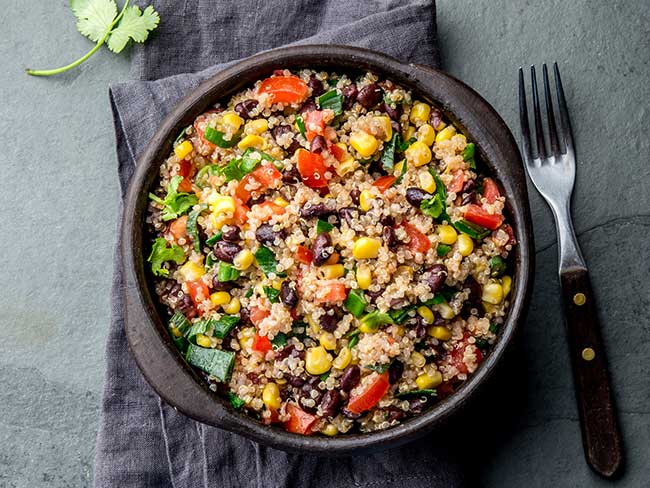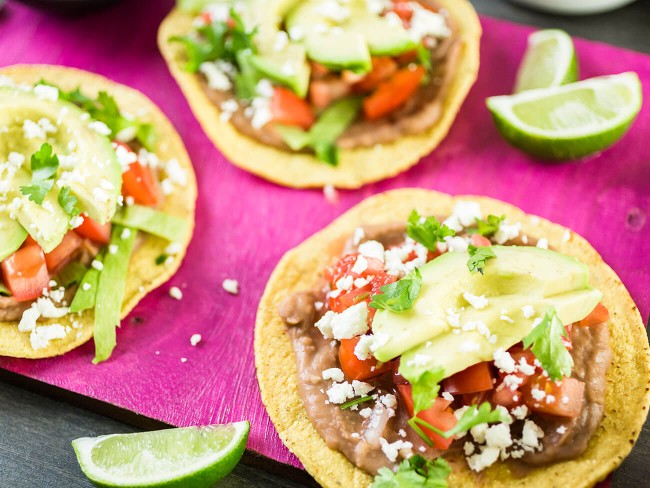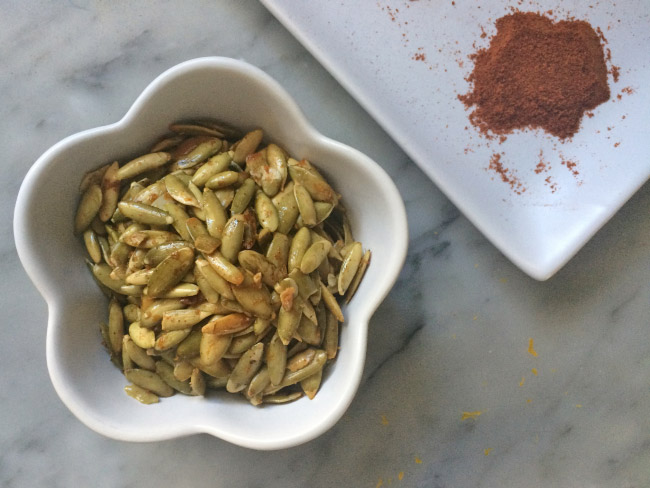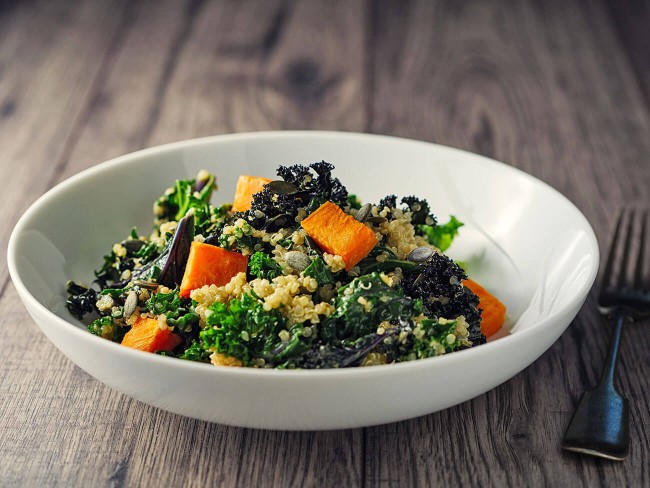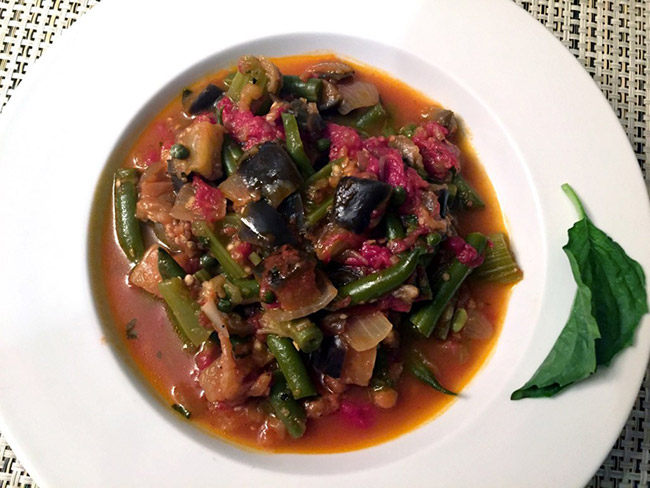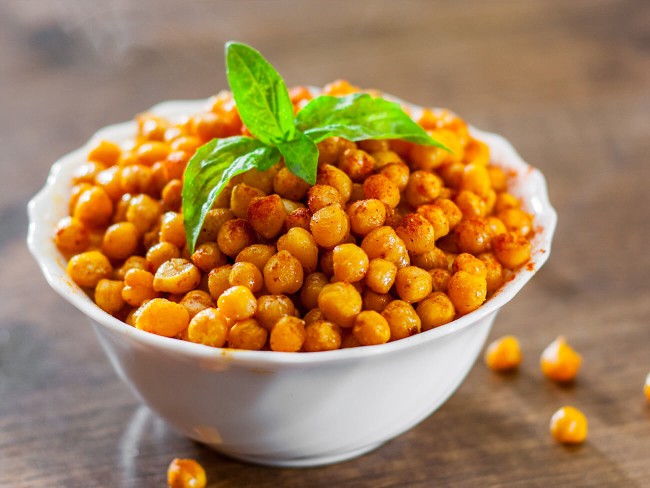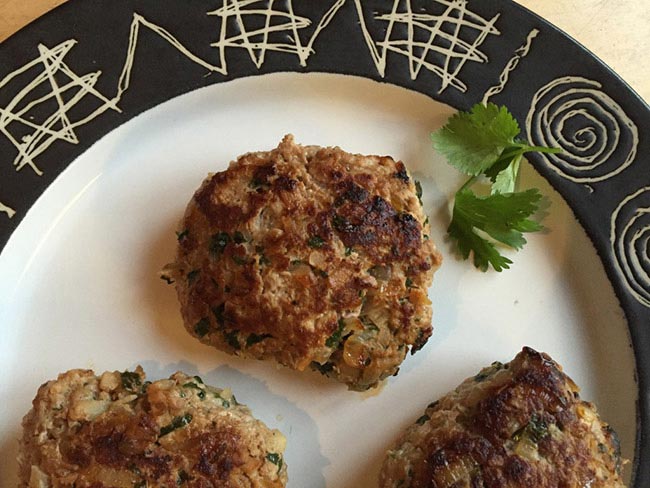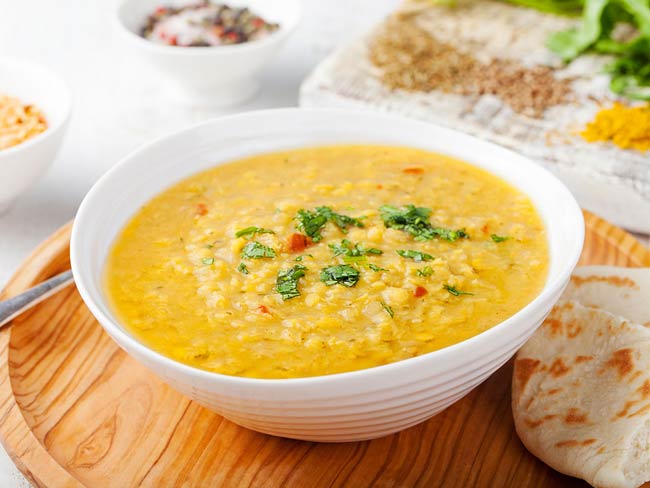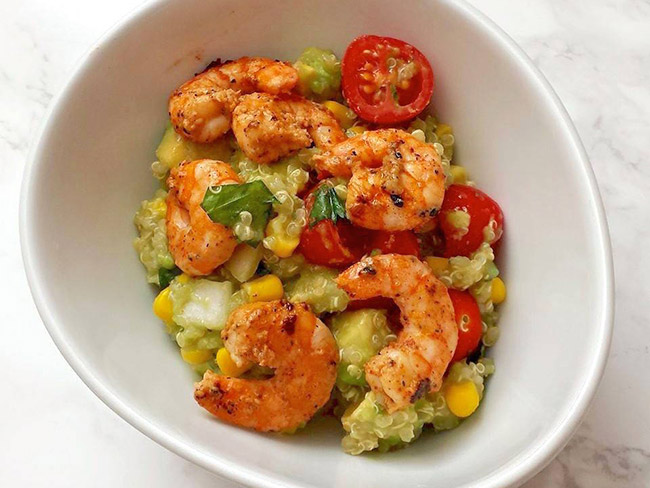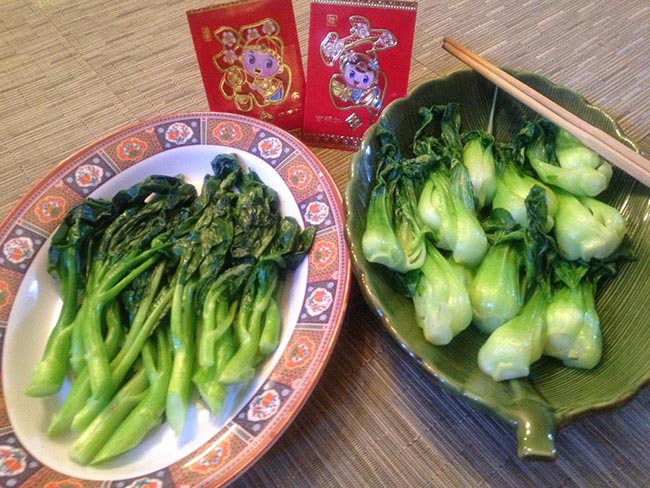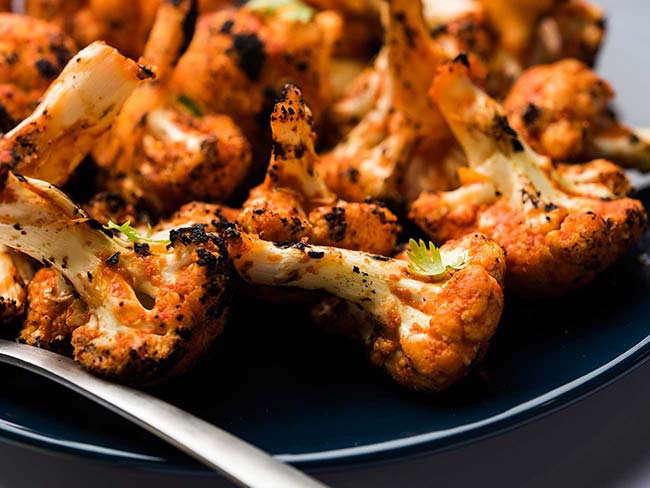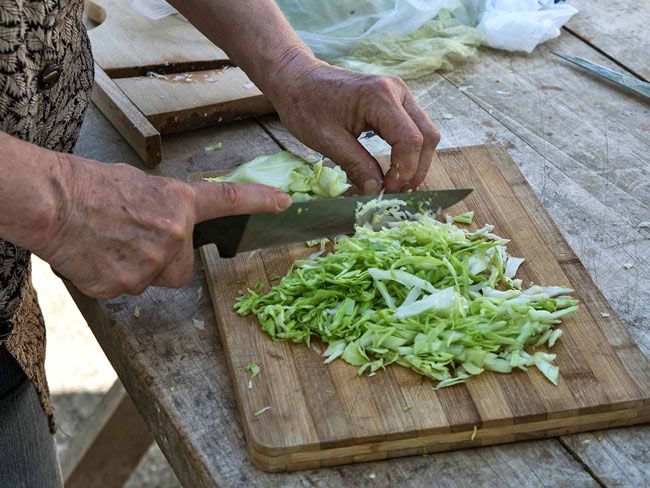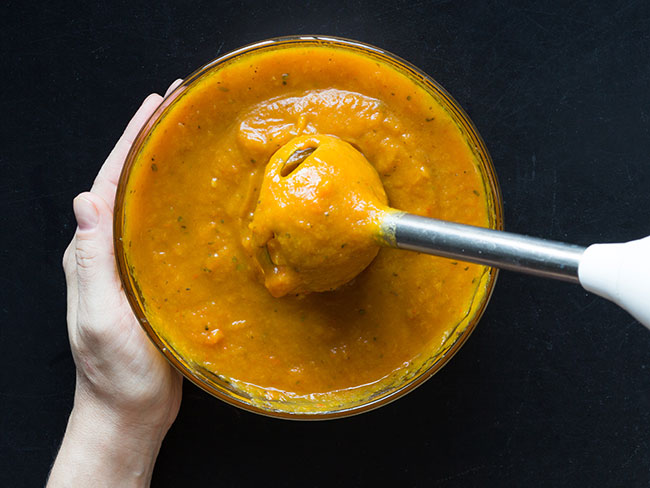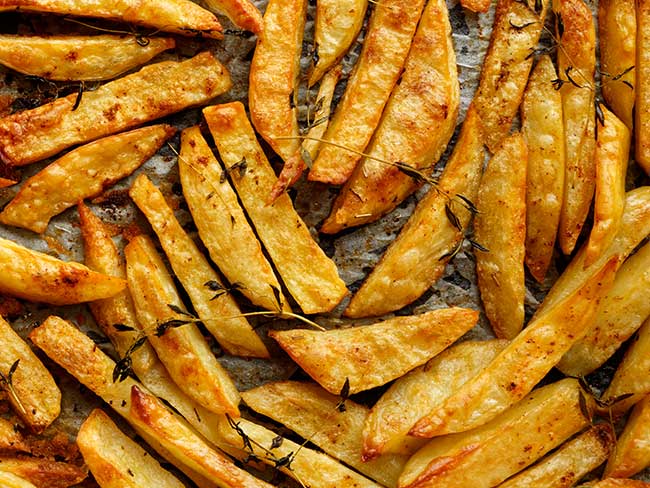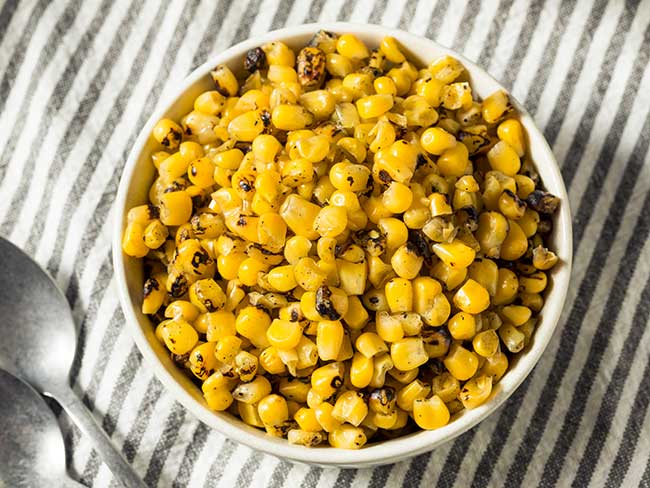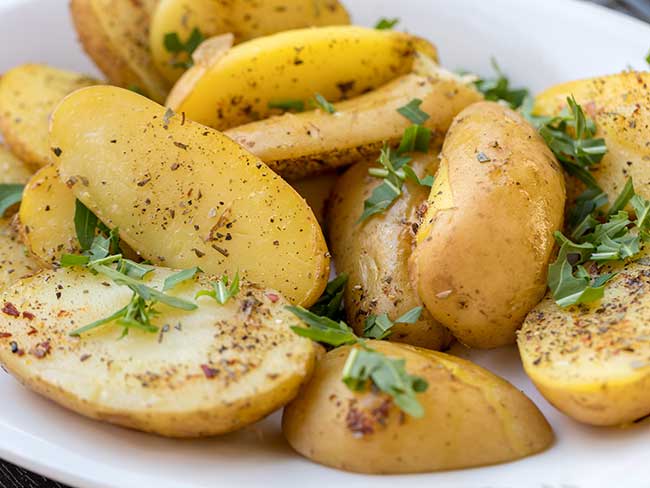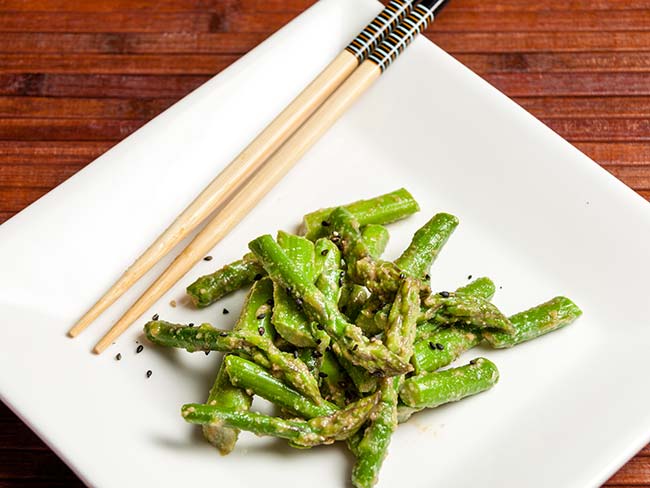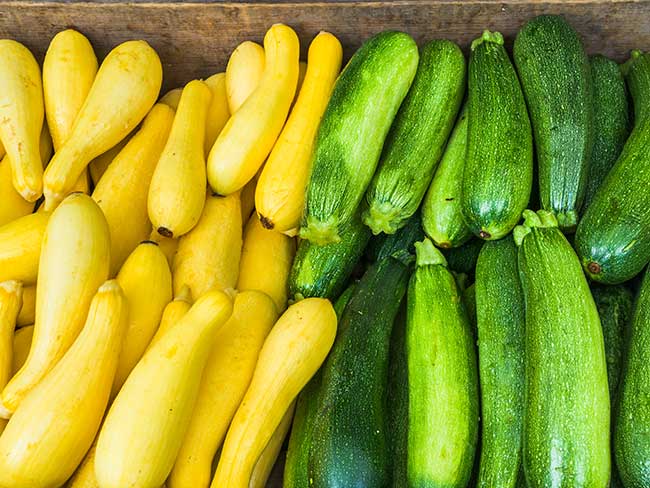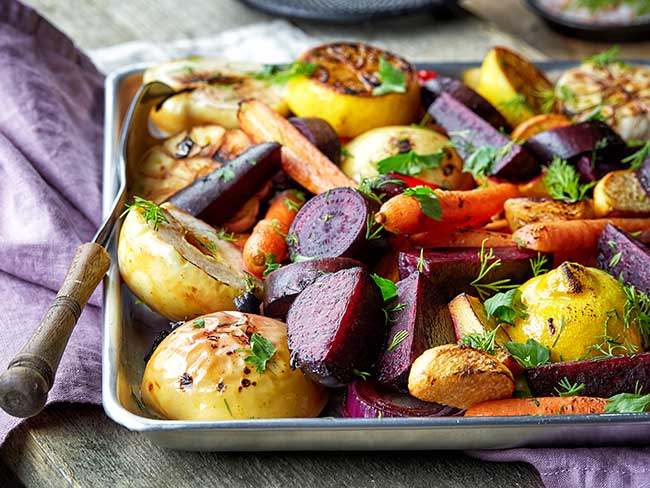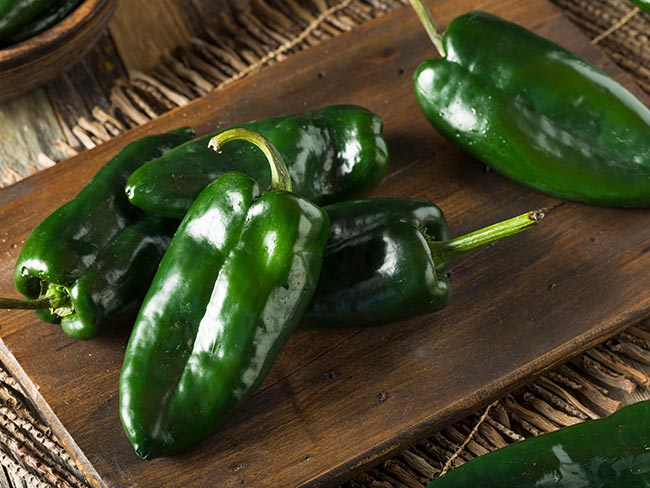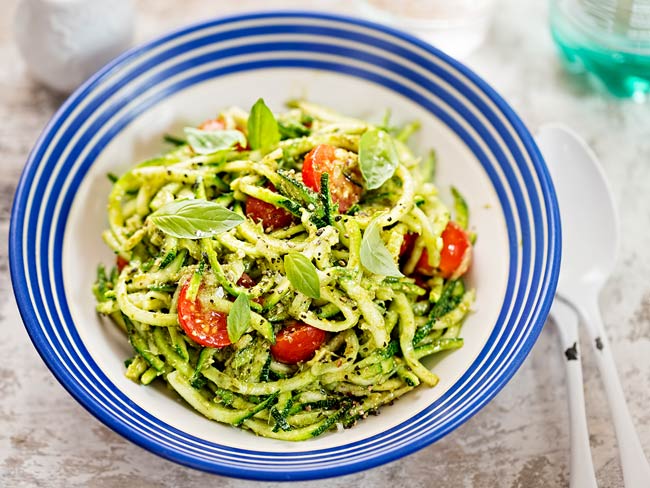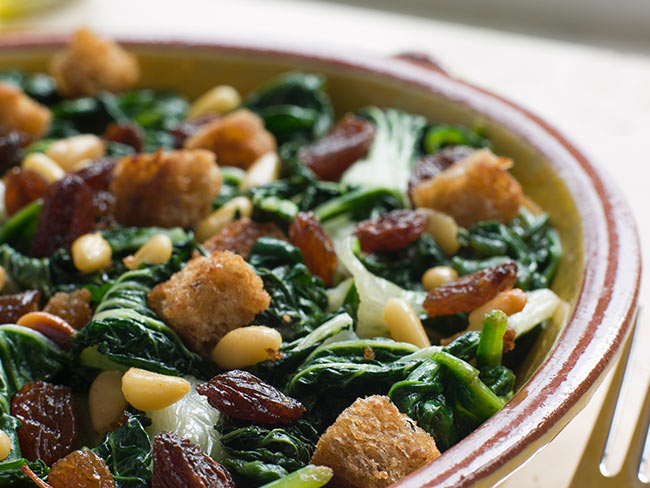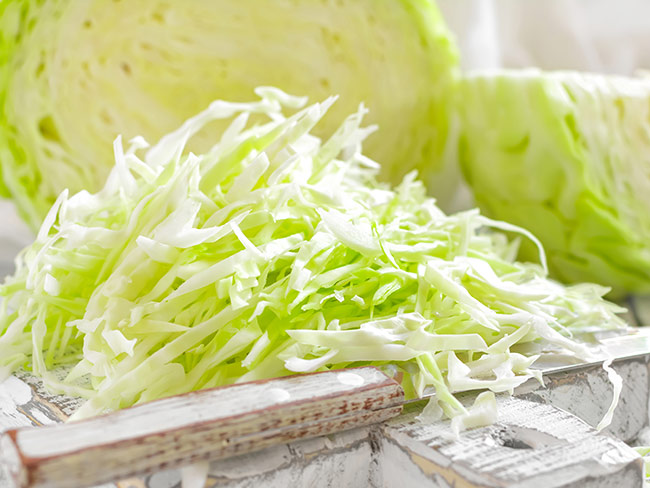Meal prep for quick grain bowls — and more
These tips for cooking once and eating a variety of meals all week also make eating healthy easier.
Batch cooking ingredients allows you to mix and match throughout the week.
Foods that can transform into a variety of meals make it easier to create delicious, healthy meals. Keep your kitchen stocked with foods that do double, triple, and even quadruple duty.
Batch cooking using mainly pantry ingredients allows you to mix and match throughout the week and have enough variety of flavors to please the whole family.
Prepping for your grain bowls
The most flexible way to compose a grain bowl is to use my Grain Bowl Template®:
grain + sauce + roasted vegetables + protein + nuts/seeds + leafy greens + something creamy
To make this as easy as 1-2-3 (OK, actually 1 to 7), batch cook the different components once per week. Use an efficiency tip from the professional kitchen and start steps 1 and 2 first, then work on the remaining steps while those are cooking.
And don’t forget your mise en place: Get all of your ingredients ready so that you don’t realize at the last minute that something needed to be prepared in advance, such as soaking cashews or beans.
- Cook 3 batches of whole grains. Some of my favorites include brown rice blends, farro, and quinoa. Make these in the amount that’s right for the size of your household, either on the stove or in a rice cooker, if you have one. (Or make more; cooked and cooled whole grains freeze well.) Whole grains contain fiber, B vitamins, iron, and other minerals that refined grains such as white rice lack.
- Make a sheet pan or 2 of roasted vegetables. This can be done at the same time you’re prepping your grains. Root vegetables, which keep for a long time, are particularly good for this. Some ideas: sweet potatoes, parsnips, carrots, turnips, wedges of red onion. Cut into 2-inch chunks so they cook evenly, toss with olive oil, salt, pepper, and perhaps a favorite spice. Cook in a hot oven (400 F to 425 F) for about 20 minutes.
- Prepare your proteins. Most plant-based proteins are pantry staples. Think tempeh, tofu, seitan — or beans, which can be dried, frozen, or canned (look for no- or low-sodium beans in cartons or cans labelled BPA-free). Cooking a pot of beans once a week will allow you to use them not only in grain bowls, but as a base for chili, soup, and more. You can also marinate and then pan-fry or bake tempeh or tofu in advance for added flavor and texture. Other healthy proteins that are not plant-based and that work well in grain bowls include roasted salmon and grilled or baked chicken.
- Nuts and seeds. These little powerhouses of crunch and nutrition (with minerals including immune-boosting zinc and healthy fats) don’t really need to be prepared. However, toasting in a pan over medium heat or in a 350 F oven for 5 to 10 minutes will bring out their crunch and flavor. It’s worth the extra step!
- Leafy greens. Whether you eat them raw or cooked, leafy greens are a great way to add fiber, B vitamins, iron, and many minerals including potassium and calcium. Microgreens or baby greens are usually sold prewashed and require no extra prep. You can also stir-fry or braise heartier greens like kale or collards if you prefer your greens cooked.
- Something creamy. This can be cashew cream, sliced avocado, a tahini- or peanut-based dressing, or cheese if you eat dairy. We need some fat in our diets to absorb vitamins A, D, E, and K. A little dollop, stirred in when you eat, brings it all together.
- Get saucy. Never forget flavor! This is where the sauces come in. Make one or more of these sauces once a week and keep in the fridge, and, just like that, you have the finishing touch on your grain bowl.
- Bonus: Eat the rainbow. Add whatever fresh vegetables you have for color and flavor. Did you know that different colors correspond to different nutrients? Keep it colorful and cover your bases. Great additions include julienned or grated carrots, or sliced cherry or grape tomatoes, or you can add a touch of sweetness with whatever fruit is in season. Pickled red onions keep indefinitely in the refrigerator and add a nice pop of color and tanginess to perk up your grain bowl.
Take your tastebuds on an international trip
Here are some starting points to inspire you, but the sky’s the limit. Add the other ingredients from the template to customize your bowl.
- Mediterranean I: farro (or bulgur), chickpeas, tahini dressing
- Mediterranean II: quinoa, white beans, pesto
- Asian: brown rice, edamame, soy-sesame vinaigrette
- Thai: mixed brown rice, grilled or pan-fried tofu, peanut sauce
Beyond the grain bowl
To mix it up throughout the week, use your prepped ingredients to create other dishes. Use one of these ideas, or come up with your own.
- Hearty salad: Make with massaged kale or baby greens, dress with vinaigrette or any of your other prepared sauces (thin with water or lemon juice if needed), and top with roasted vegetables, toasted seeds, and whatever proteins or fresh vegetables you like.
- Stuffed potato: Start with a whole sweet potato, bake or microwave it until tender, split the top, fill it with any of your prepared ingredients, and top it with cashew cream or tahini dressing.
- Pesto pasta: Add cherry tomatoes and cannellini beans to make a quick pasta meal.
- Asian noodle salad: Use the peanut sauce or soy-sesame vinaigrette to dress whatever Asian noodles you have, including instant ramen, and add in veggies.
- Vietnamese fresh spring rolls: Use rice paper wrappers, rice vermicelli if you have it, and whatever leftover meal prep ingredients you have, add in some fresh mint, and serve with peanut sauce.
- Dumplings or potstickers: Chop up leftover greens with edamame or tofu, wrap in dumpling wrappers, and serve with soy-sesame vinaigrette.
- Porridge: Move over, oatmeal! Other whole grains also make excellent porridge, and by using precooked grains, you’re halfway there. Add water and/or milk, simmer, and stir until you have a creamy bowl of hot cereal. Top with seeds, nuts, and some berries for a delicious breakfast.
